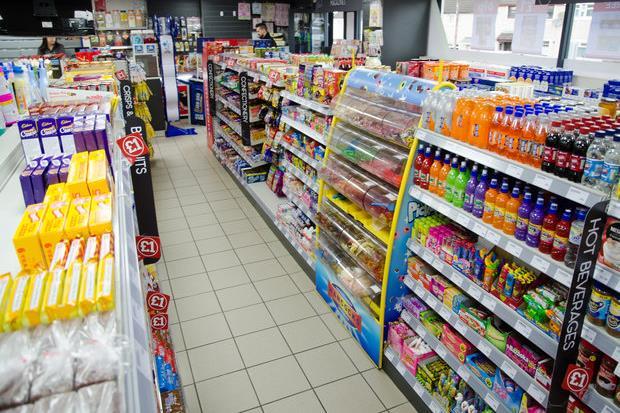Cheaper prices are pushing shoppers from convenience stores to discounters, according to new data.
According to the Lumina Intelligence UK Convenience Market Report 2022, there has been a “notable increase” in the number of convenience shoppers also visiting discount stores, due to heightened price sensitivity.
It revealed that in the 12 weeks ending March 6, 30.5% of convenience store shoppers also shopped at a discounter each week, while more recently in the 12 weeks up to on May 29, it had risen to 33.2%.
As convenience store shoppers become increasingly value-driven, the report outlines how retailers should look to own-brand lines to meet these changing consumer needs.
He said household staples were one way to target this, including cooking sauces and breakfast cereals, as these are among the categories seeing the fastest growth in private label purchases.
For example, own-brand carbonated soft drinks saw a 65% growth in purchases in the 12 weeks ending May 29, while own-brand cooking pastes and curry sauces saw an increase of 65%. 59%.
On the other hand, rather than competing with discounters on price, convenience retailers can add value by offering other services such as a post office, pharmacy, ATM or collection service. and return delivery as the point of difference.
The sector, however, is still expected to reach a value of £45.2 billion in 2022, which equates to 3.2% growth from 2021, according to the report.
Co-ops and convenience stores, a chain of 10 or more convenience stores under a centrally managed or franchised banner, in particular, are expected to experience the strongest revenue growth this year, at 5.6% and 3.8% in 2022 respectively. This growth will be supported by investments in the renovation and physical expansion of stores, as well as the development of delivery services.
Both are benefiting from a pick-up in high street and take-out dining missions as shoppers spend more time away from home post-pandemic, the report adds.
Forecourts, symbol groups and unaffiliated independents are also expected to see growth, up 1.6%, 2.9% and 1.7% respectively, but at a slower pace for the overall market. amenities. The overall market growth follows a slight decline in 2021 of 0.8%, due to the reopening of the hotel industry and the easing of coronavirus restrictions.
The convenience sector is also expected to see 0.6% growth in outlets, with a “post-pandemic real estate boom” creating greater scope for expansion for operators.
“Convenience retail in the UK remains in a strong position,” said Blonnie Whist, director of Lumina Intelligence. “Despite cost of living challenges, the market will benefit from a resurgence in on-the-go assignments in 2022 as shoppers look for more accessible priced options compared to restaurant channels.
“Leveraging different store formats including grocery, take-out, service and delivery will be key to growth over the next three years.
“From a delivery perspective, retailers need to capitalize on events such as the Women’s Euro and FIFA World Cup by encouraging shoppers to use delivery for entertainment and overnight stays.”




